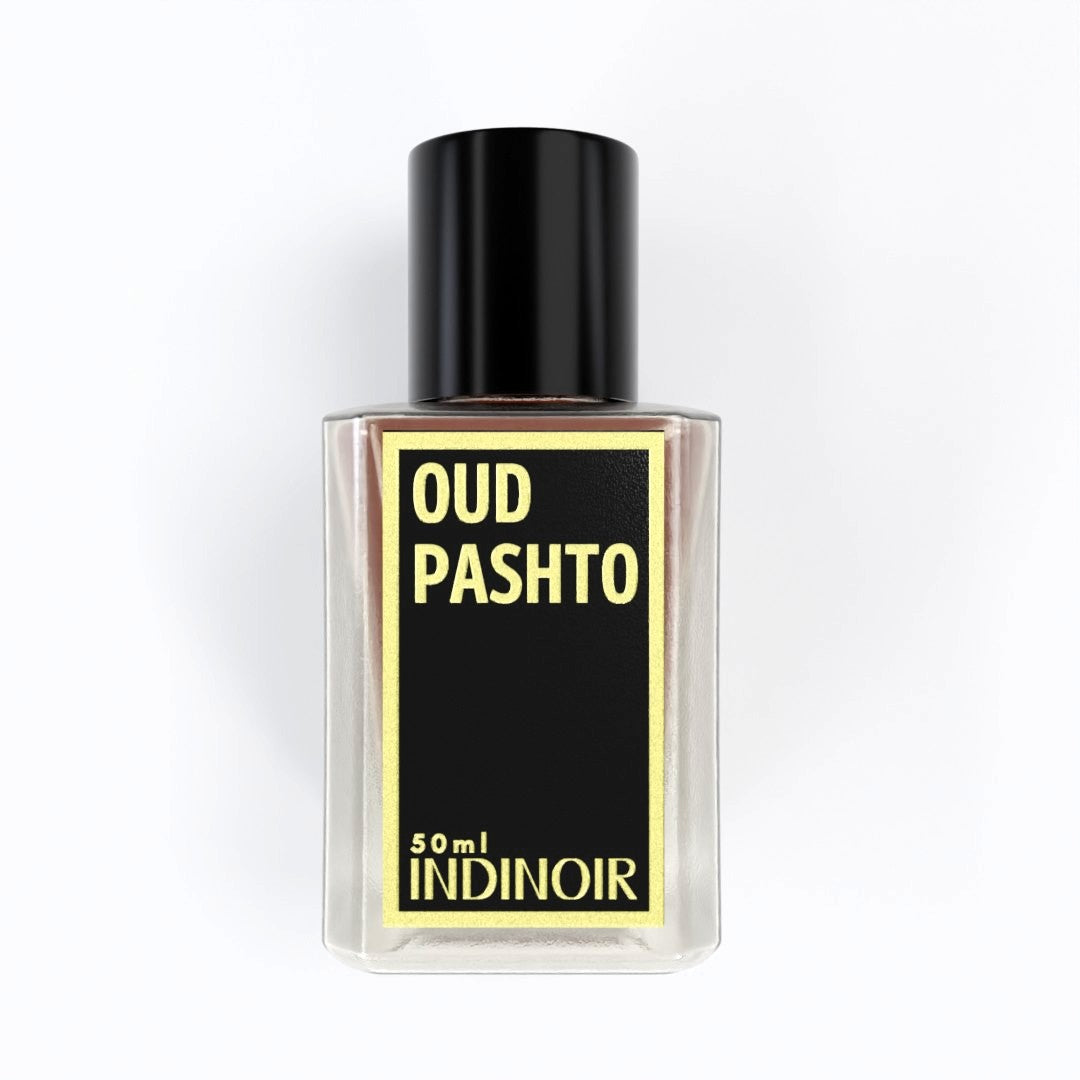Oud (or Oudh) refers to the fragrance extracted from the heartwood of Aquilaria trees. It is also known as agarwood, aloeswood, eaglewood or gharuwood. Some Aquilaria trees produce a dark aromatic resin when they are afflicted by a type of mould. It also results in the production of dense, dark heartwood.
Oud has a complex and distinctive aroma which may not be pleasing to everyone at first. It is however, highly praised by perfume lovers and collectors. It is frequently blended with with fragrances such as sandalwood and rose.
Oud attars are frequently regarded as the best attars in the world. Oud is also rare and in high demand. As such it is found in some of the most expensive perfumes in the world. The price of an oud perfume can easily run into lakhs of rupees.
Oud is a distinctive element in Arabian perfumery and is commonly associated with Arabian attars even though no oud actually grows there. Oud forms a huge part of Arabian culture with mentions of oud dating back to the times of the prophets.
Types of Oud
Oud grows across Southeast Asia and each region has its own distinct aroma. Collectors will frequently seek out ouds from different regions such as Assam, Cambodia, Laos and Indonesia.
Oud is also sometimes described as being light or dark. Light ouds, frequently called white ouds are known to have less animalic or barnyard character as compared to the darker ouds. They are a good entry point for someone just entering into the world of oud.
Oud Wood
Oud wood is frequently burnt as incense across cultures as part of religious ceremonies and as source of fragrance for thousands of years. Gulf Arabs burn oud in special burners at home, in mosques and in souks. In Japan Agarwood from China has been used since the 6th century as part of Buddhist ceremonies and for meditation and spirituality. Agarwood also finds mention in the Mahabharata.






Comments (0)
Back to A Beginners Guide to Fragrances